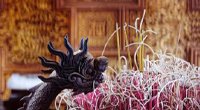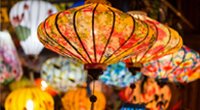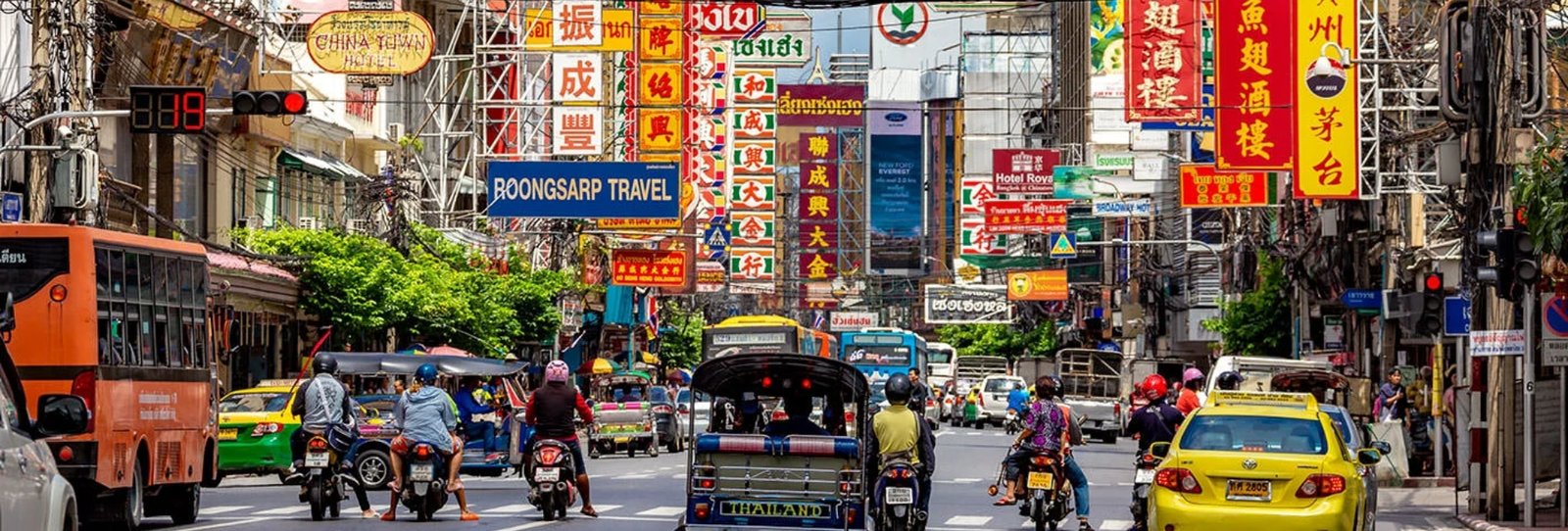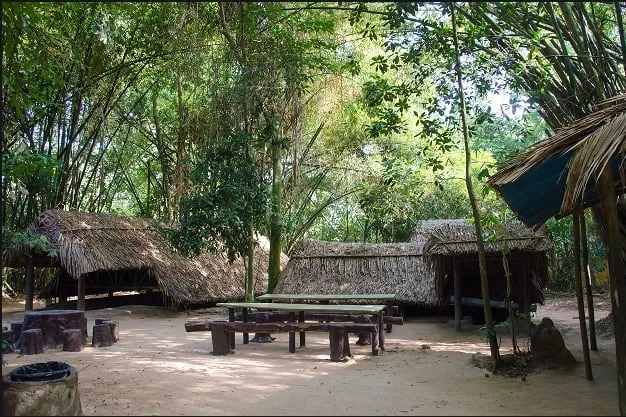Contents
ToggleWhere is Bangkok’s Chinatown?
Bangkok’s Chinatown, one of the city’s most historic and colorful neighborhoods, is located in the old heart of the capital, not far from the Chao Phraya River. The district is centered around Yaowarat Road, which has been the main artery of the Chinese community for more than 200 years. Just 5–6 kilometers from central areas like Sukhumvit and Silom, it is easily accessible in 18–30 minutes depending on your mode of transport and traffic conditions. With its mix of bustling markets, traditional shophouses, and ornate architecture, Chinatown offers a completely different side of Bangkok compared to the modern malls and skyscrapers of downtown.
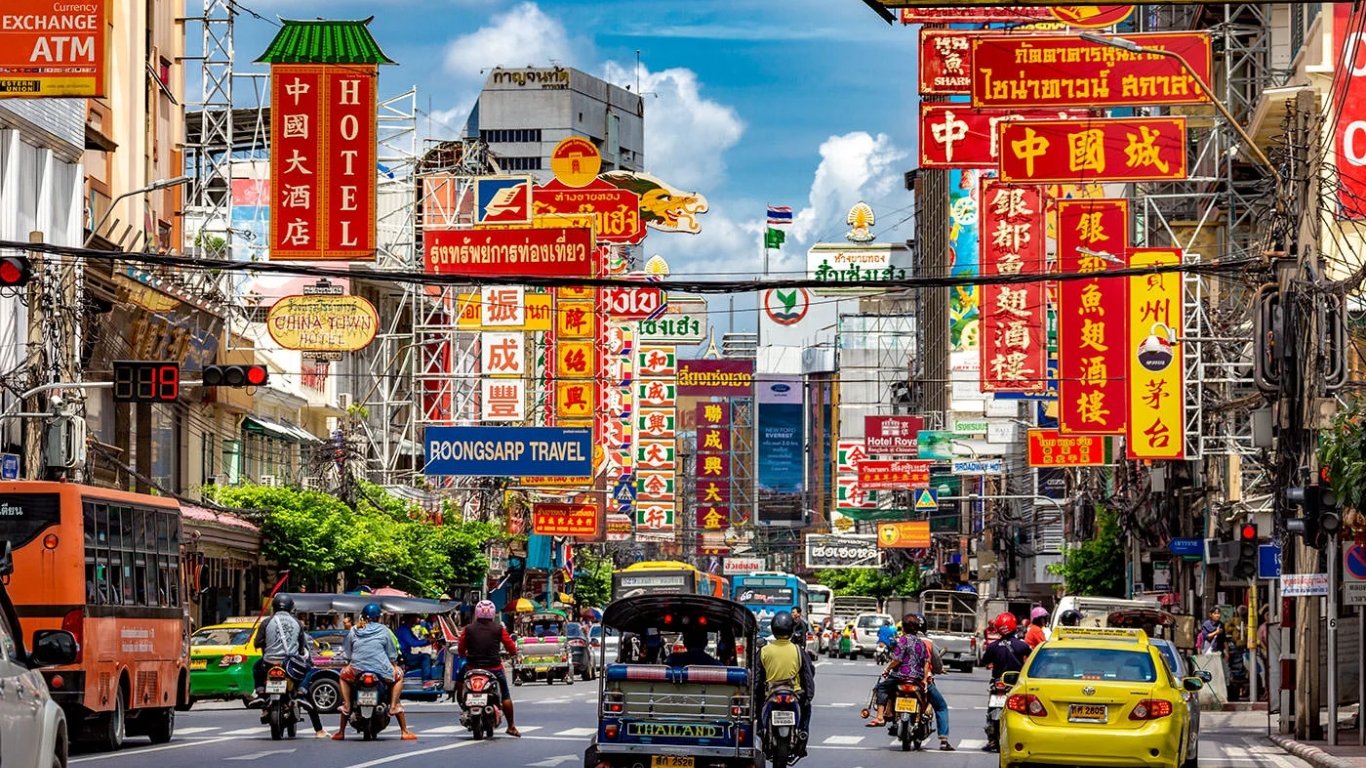
Day vs. Night: Chinatown’s Yin and Yang
By Day
In the morning and afternoon, Chinatown hums with traditional activity. The district’s famous gold shops sparkle under the sun, attracting locals who come to buy or trade jewelry. The streets are alive with fruit vendors selling fresh tropical produce, while stalls offering herbs and spices fill the air with rich, exotic aromas. Breakfast stands appear from the smoky haze, serving simple yet delicious dishes, and teahouses host locals savoring slow rituals over steaming cups. Scooters and tuk-tuks weave through the narrow alleys, creating a scene that feels both timeless and distinctly Asian.
By Night
When the sun sets, Chinatown undergoes a magical transformation. Neon signs blaze to life in red and gold, casting a glow reminiscent of Hong Kong in the 1990s. The sidewalks fill with street vendors, tempting visitors with sweet Mango Sticky Rice, crispy Hoy Jor (fried crab and pork rolls), and countless other specialties. At T&K Seafood, diners feast on the freshest catches beneath the open night sky. Meanwhile, bars, pubs, and hidden speakeasies welcome crowds with music and laughter, giving Chinatown an electric nightlife vibe. Together, its day-and-night personalities embody Bangkok’s unique spirit—a seamless blend of tradition and modern energy.
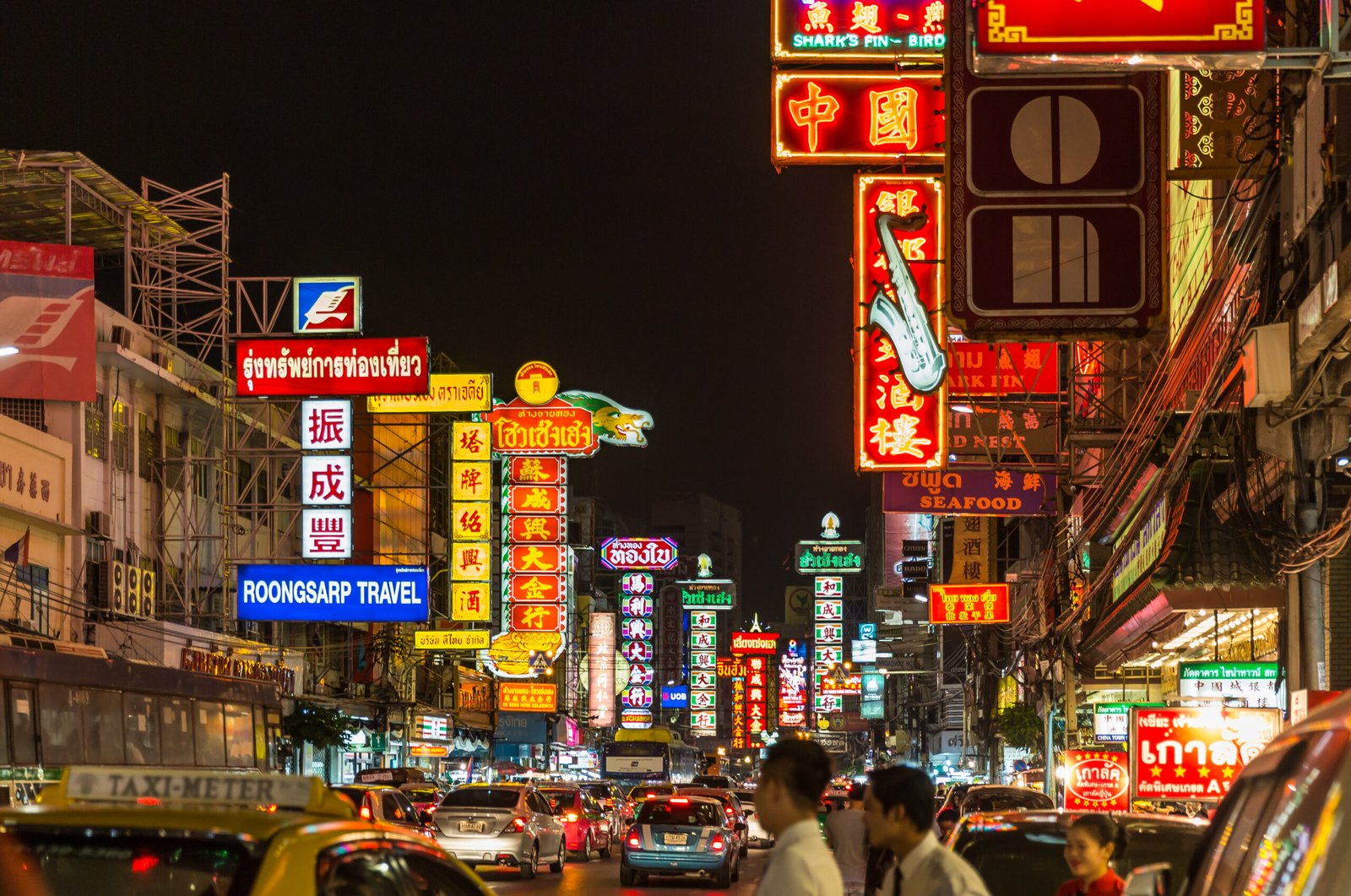
Yaowarat – A Feast for the Senses
Street Food Paradise
Yaowarat Road is one of the world’s great food streets, where dozens of vendors line up night after night to cook irresistible dishes on the spot. The variety is endless, but a few favorites stand out: Hoy Jor, crunchy fried crab-and-pork rolls; Guay Jub, a comforting rolled noodle soup; juicy pork satay grilled on skewers; and the ever-popular Mango Sticky Rice. Freshly blended fruit smoothies and creamy Thai iced tea provide the perfect refreshment. Eating here is not only delicious but affordable, with most dishes costing between 100–300 THB. Simply strolling down Yaowarat in the evening is a feast for the senses, as sizzling woks, smoky grills, and the chatter of diners fill the air.
Restaurants & Cafés
For those who prefer sit-down dining, Chinatown has no shortage of excellent restaurants. Shangri-La is a long-established favorite for traditional Chinese comfort food, with dishes averaging 200–400 THB. T&K Seafood, a Chinatown landmark, serves up fresh fish, prawns, and crabs at reasonable prices (150–500 THB). For something more upscale, Lao Teng offers an elegant atmosphere and refined Cantonese flavors, where specialties like cold crab and dim sum cost 300–500+ THB. Whether you grab a quick bite or settle in for a full meal, Yaowarat promises satisfaction for every appetite.
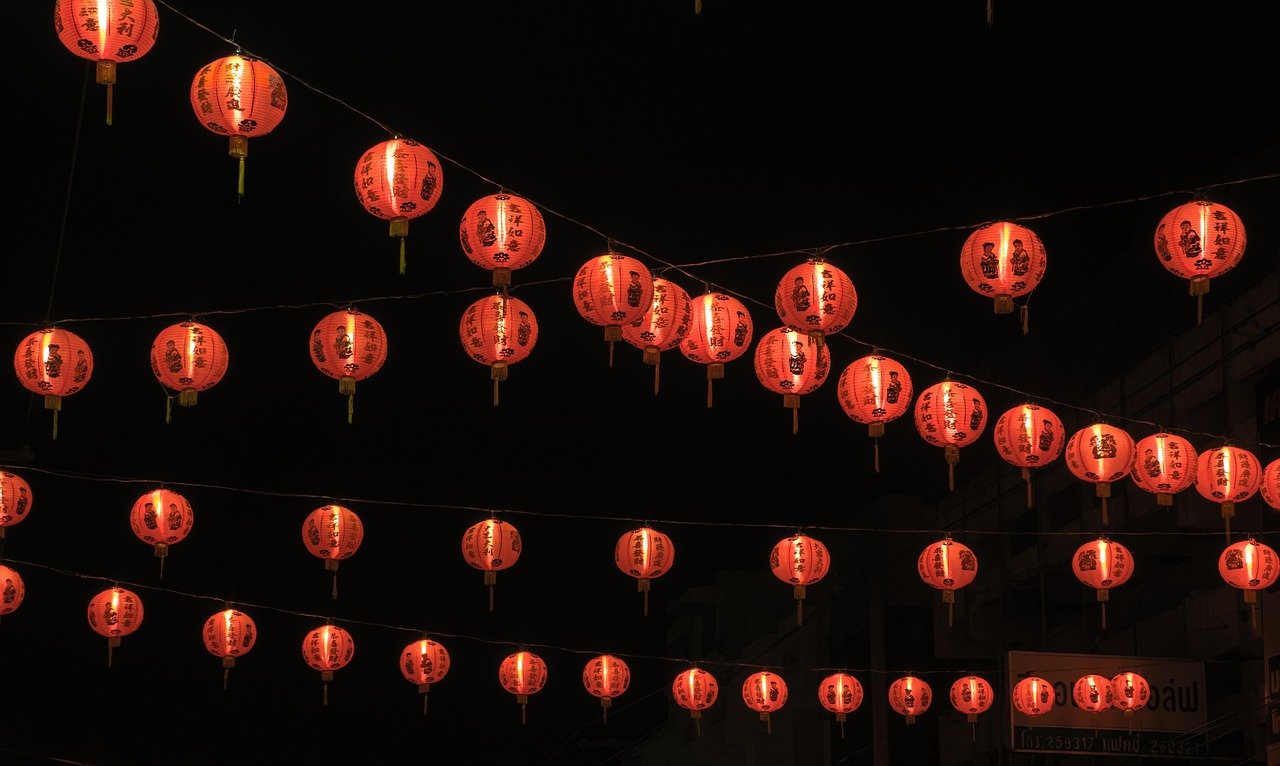
Temples of Chinatown & Merit-Making
Chinatown is not only about food—it is also a spiritual center with some of Bangkok’s most revered temples and shrines. At the entrance to the neighborhood stands the Chinatown Gate (Paifang), built in 1999, a red-and-gold landmark that welcomes visitors into this cultural enclave.
The most famous temple is Wat Traimit, home to the world’s largest solid gold Buddha. The gleaming statue weighs over five tons and symbolizes prosperity. The temple is open daily from 8:00 to 17:00, with a modest entry fee of 40 THB. Visitors are expected to dress respectfully, with shoulders and knees covered.
Nearby is Wat Mangkon Kamalawat, also known as the Dragon Lotus Temple. This is the largest and most important temple in Chinatown, hosting lively ceremonies during festivals. Open from 6:00 to 18:00, it welcomes visitors free of charge. Another key site is the Kuan Yim Shrine at the Thian Fa Foundation, dedicated to the Goddess of Mercy, open from 6:00 to 20:00 with no entry fee. Together, these sacred places give travelers a chance to witness merit-making rituals and experience Chinatown’s spiritual heritage.
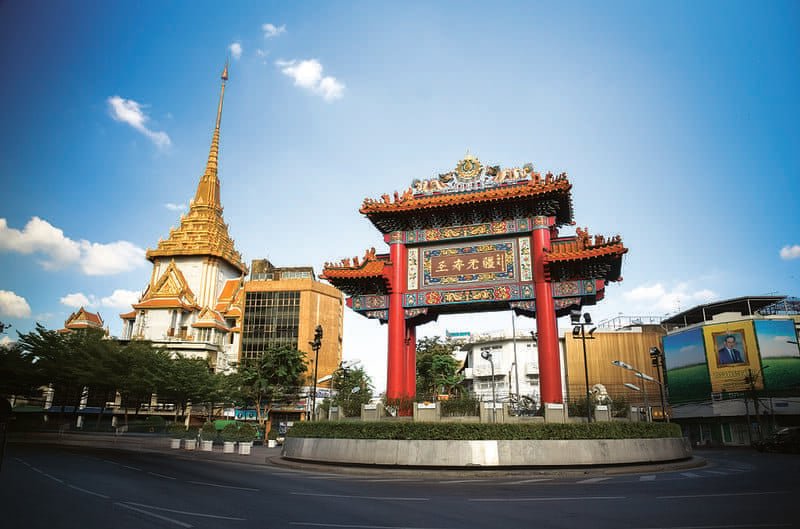
Other Highlights Near Chinatown
Chinatown is surrounded by fascinating markets and cultural enclaves. Sampeng Market is a labyrinth of narrow lanes packed with wholesale goods, from fabrics to trinkets. Talat Kao and Talat Mai are bustling wet markets selling fresh produce, dried herbs, and spices. For something artistic, head to Talat Noi, a riverside neighborhood filled with colorful street art and old shophouses. Just a short walk away lies Little India (Phahurat Market), where visitors can shop for fabrics, taste Indian curries, and explore another layer of Bangkok’s cultural diversity.
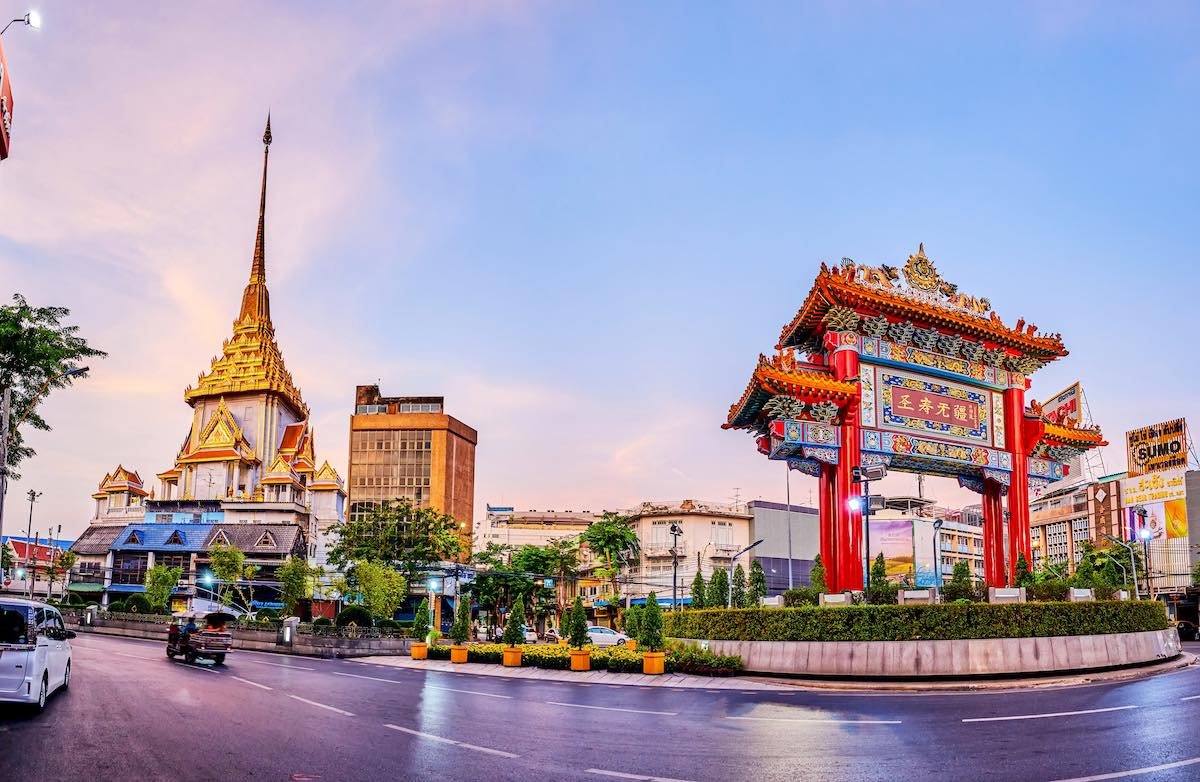
How to Get to Chinatown
- MRT: The most convenient option is to take the MRT to Wat Mangkon Station, which brings you directly into the heart of Chinatown. Fares range from 16–42 THB.
- Taxi/Grab/Bolt: A comfortable choice, costing around 80–150+ THB depending on distance and traffic.
- River Ferry: For a scenic approach, take a Chao Phraya River ferry to Ratchawong Pier (15–60 THB), then walk into Chinatown.
- Tuk-Tuk: A fun and quintessentially Thai ride, though prices are usually higher, around 200 THB.
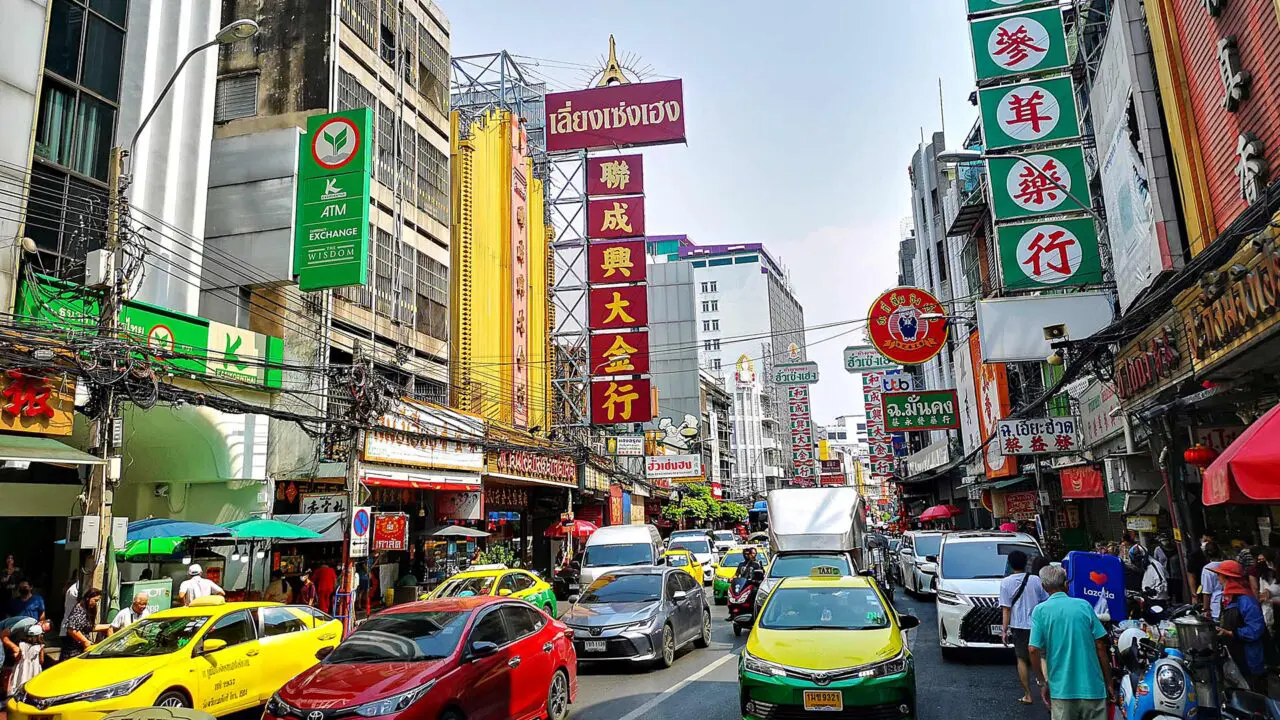
Best Time to Visit
Chinatown can be visited year-round, but some times are better than others. April afternoons are extremely hot and best avoided. The cooler months from November to February are ideal, with pleasant weather and little rain. For cultural immersion, time your visit with Chinese New Year or the Vegetarian Festival, when the streets come alive with parades, dragon dances, and special food offerings. Be prepared for large crowds during these celebrations.
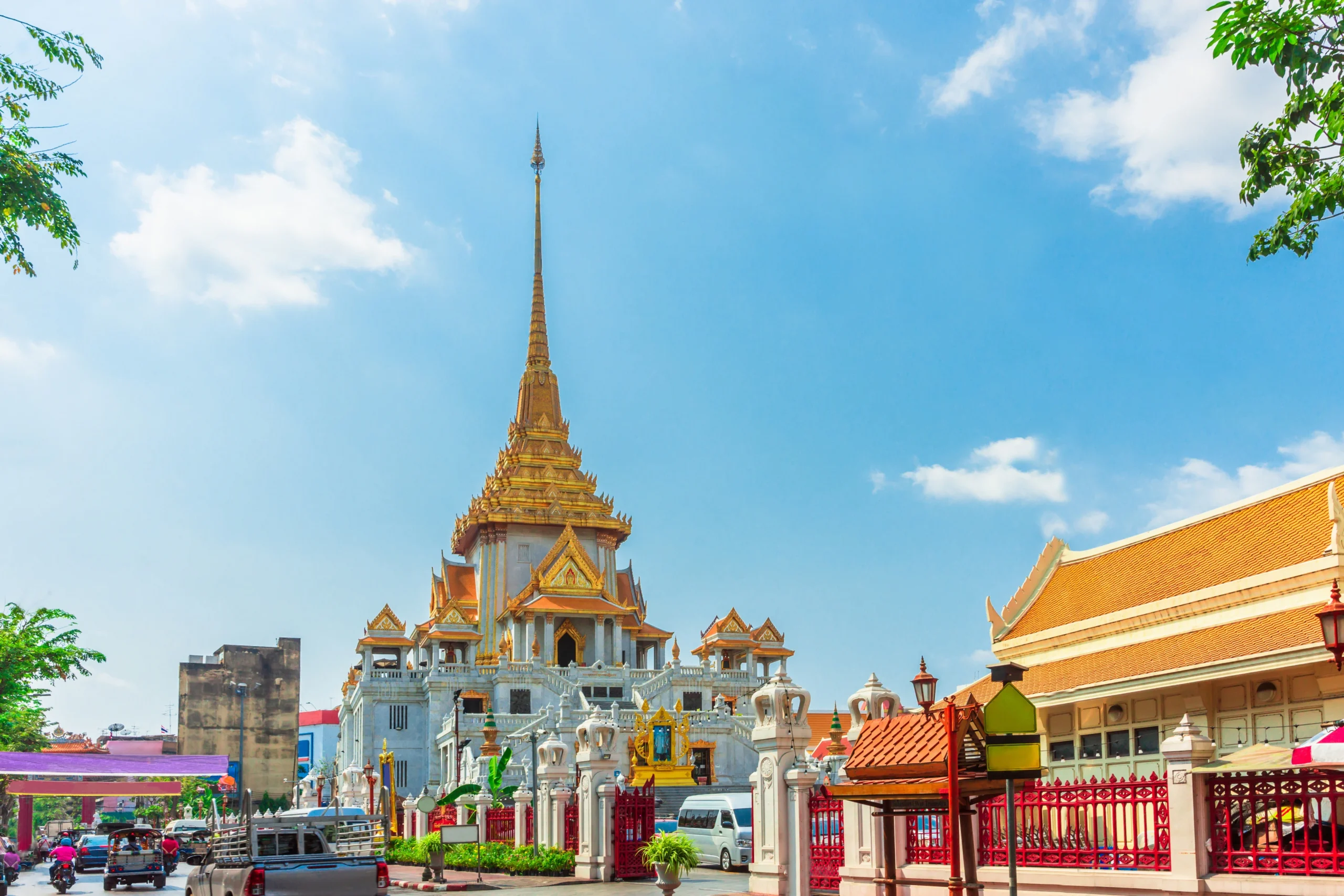
Where to Stay in Chinatown
Staying in Chinatown allows you to experience the area’s unique energy from morning until night. For boutique charm, Shanghai Mansion offers rooms decorated in glamorous 1930s Chinese style (2,500 THB+). Budget travelers may prefer River View Guest House, a simple stay with fantastic river views (from 800 THB). For a truly one-of-a-kind experience, Loy La Long Hotel offers accommodation inside a temple complex, blending spirituality and comfort (3,000 THB+). For backpackers, Hostel Urby provides a clean, friendly, and budget-friendly option with dorms starting from just 350 THB.
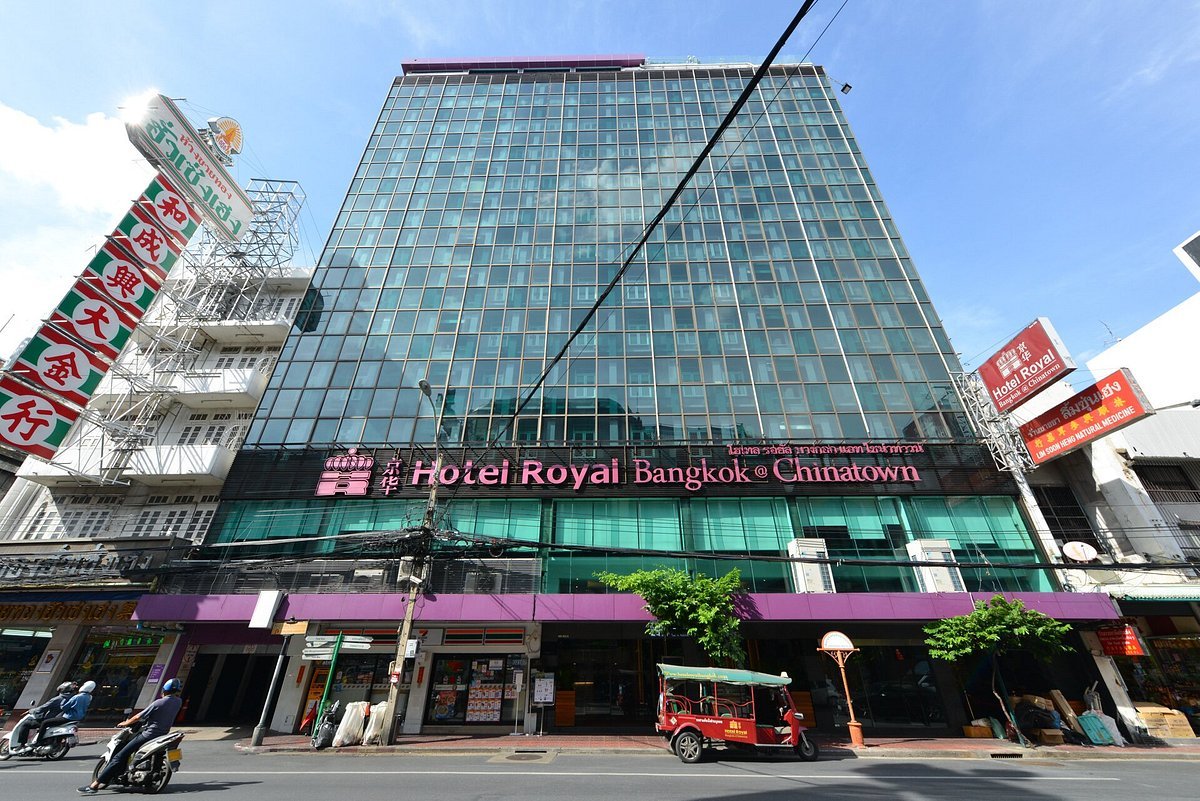
Final Words
Bangkok’s Yaowarat is more than a food street—it’s a journey through living history, cultural vibrancy, and an unmatched energy. Whether you go for temples, street food, or nightlife, Chinatown is an essential stop where the charm of Old Bangkok meets lively streets, gold shops, and hidden treasures.



